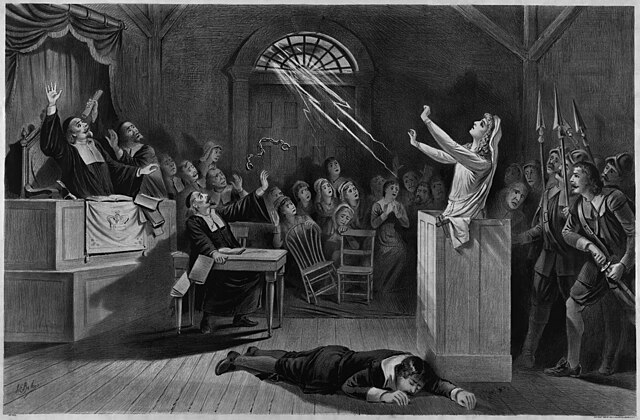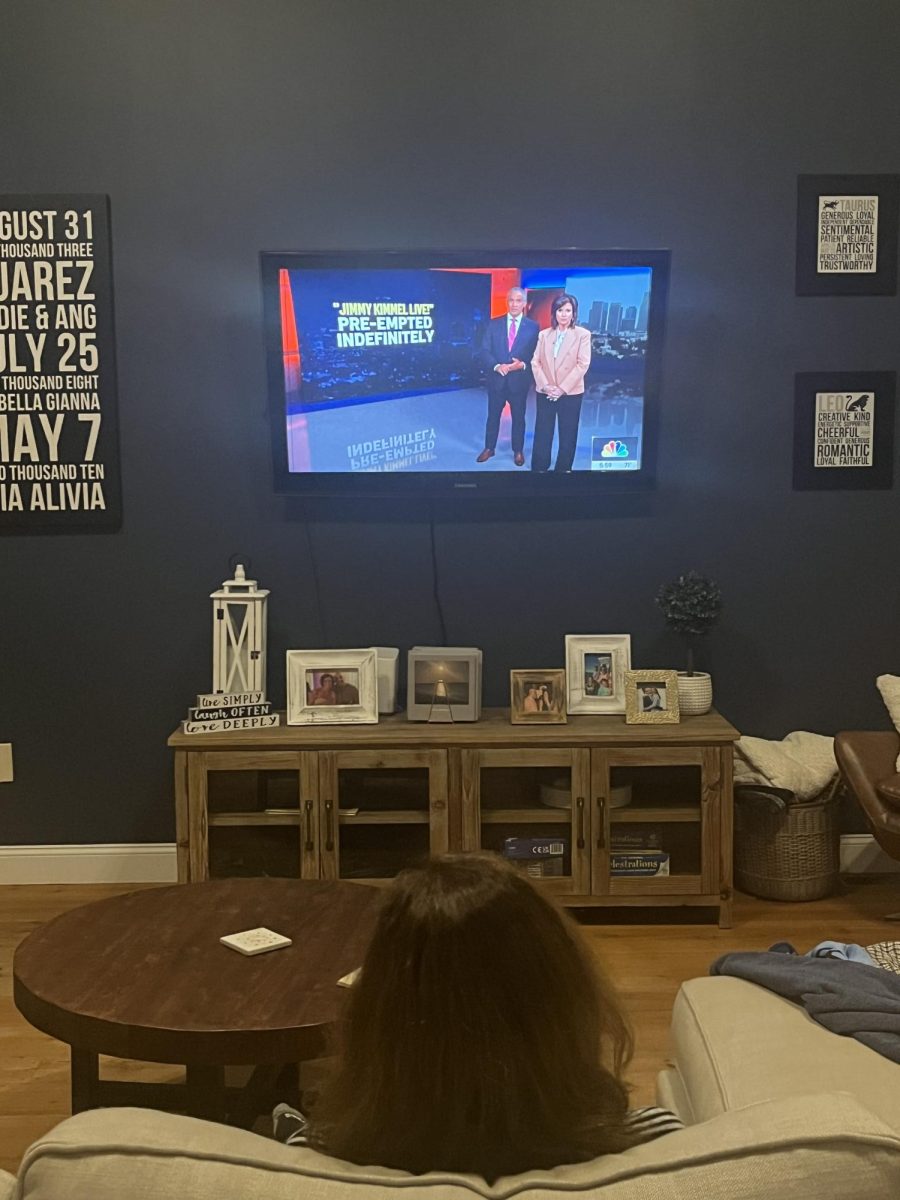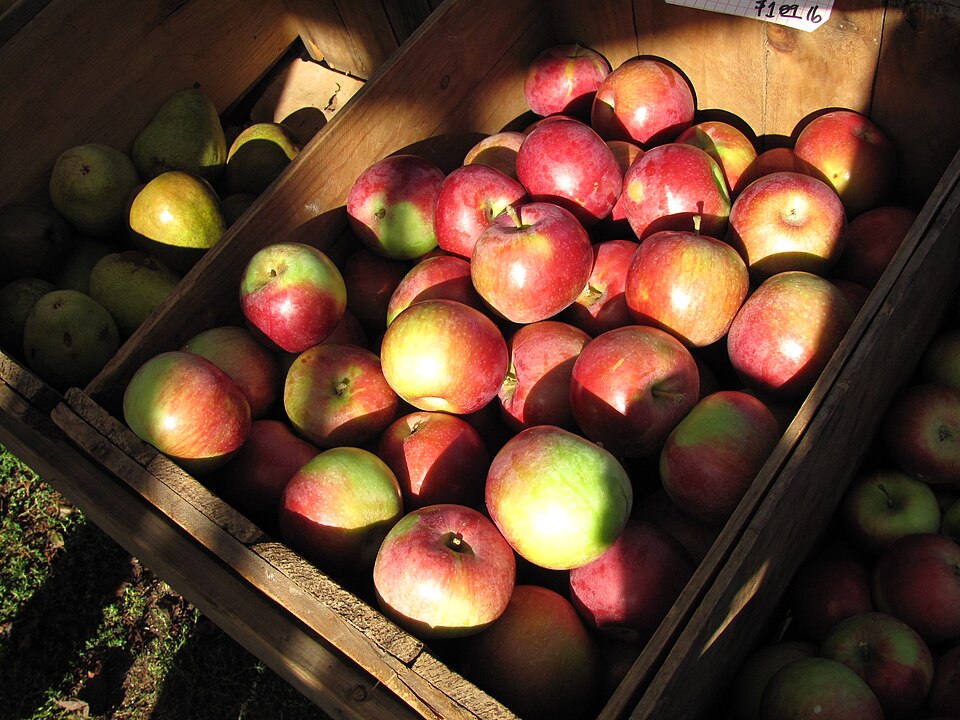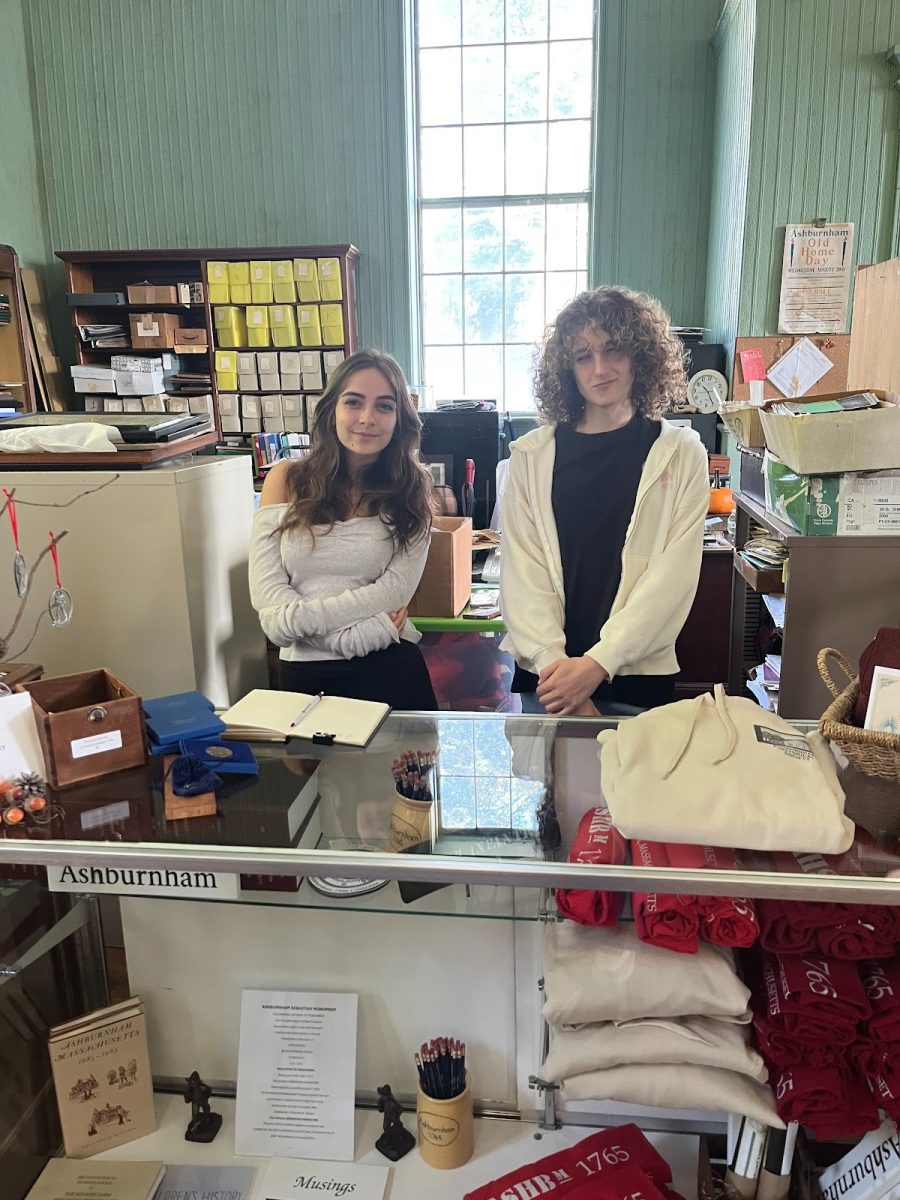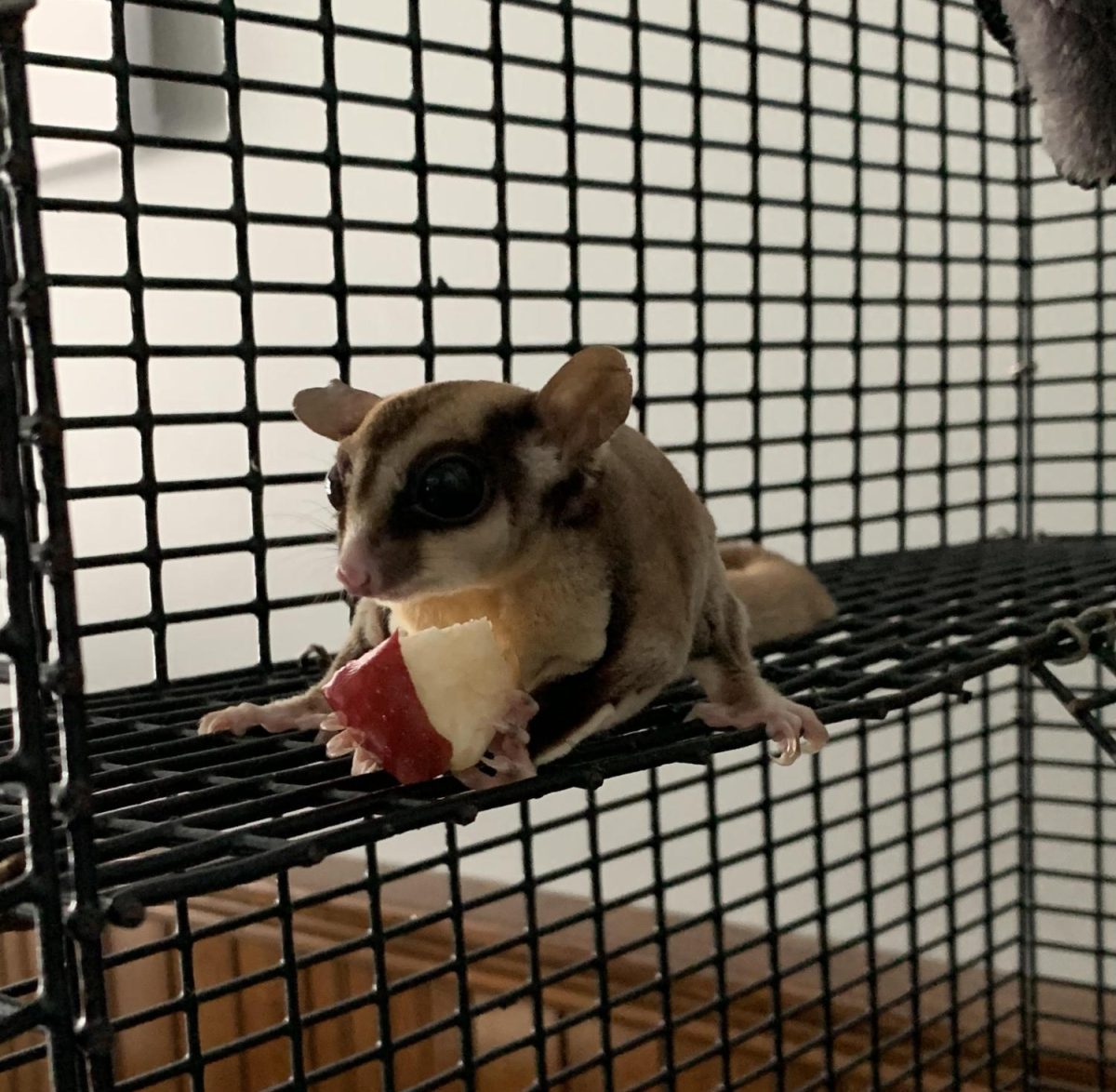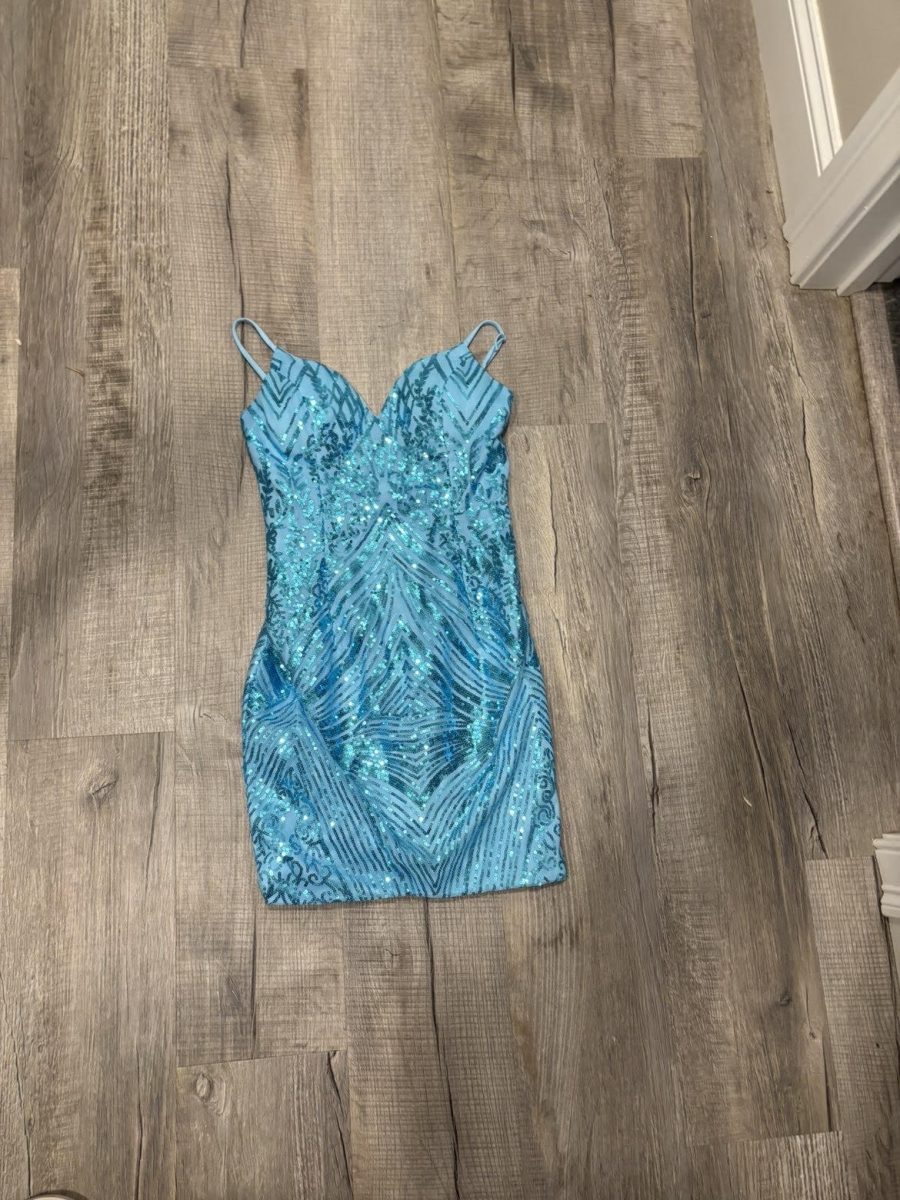In the late 1600s, women would walk the streets of Salem, Massachusetts, with fear and dread. They hoped no one suspected them. They hoped they wouldn’t be next.
You’ve probably heard of the Salem Witch Trials that occurred in 1692 and 1693. The events that occurred in this town during that time were horrifying. People suspected of working with or being possessed by the devil.
Hysteria was the main drive of the rumors- rumors of witchcraft, panic about who to trust and who not to trust.
“People during this time were obviously not thinking rationally. I think one of the most heartbreaking things about the trials was the fact that “witches” didn’t get proper burials. They were just thrown down a hill and discarded. Which left the families to collect their bodies,” said Gianna Baker, a freshman at Oakmont.
According to HISTORY.com, in January, a daughter and niece of minister Reverend Samuel Parris “began having fits, including violent contortions and uncontrollable outbursts of screaming.” He claimed they were “bewitched.”
The first woman convicted of witchcraft was a young woman named Bridget Oliver, commonly known as Bridget Bishop. She was, according to Killing the Witches, “A troubled rebel,” she wore “flashy clothes” and was known to “speak confidently to men.” She was arrested in April of 1692, being accused of witchcraft by a man named Juan.
Bridget Bishop was found guilty in her trial and hanged in June of 1692, the year when the witch trials are said to have officially begun.
One woman was accused that really brought controversy to Salem, her name was Rebecca Nurse.
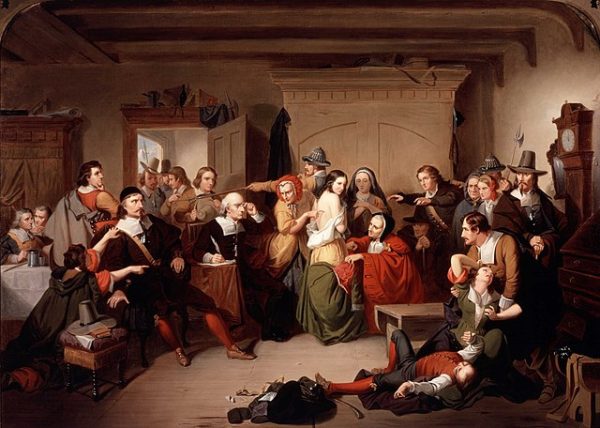
Rebecca Nurse was a 71-year-old woman who was deeply religious. She was ill when she was accused and said during her trial, “I am as innocent as the child unborn,” according to the Salem Witch Museum.
She believed that many people accused of witchcraft were innocent, such as herself. She was found not guilty in her trials, and many people were “not satisfied with the verdict.”
Based on information from the Salem Witch Museum, “In particular, Chief Justice William Stoughton was not satisfied with the verdict. He wondered what Nurse had meant…Rebecca had asked, ‘But she’s one of us!’ Did she mean a witch like us? Nurse was brought back into the courtroom and asked: what had she meant? Nurse did not answer…Her silence was interpreted as an admission of guilt. The verdict was reversed, and Rebecca Nurse was found guilty.” Nurse was executed on July 19, 1692.
There was a four-year-old girl who was accused of witchcraft named Dorothy Good, the daughter of Sarah Good. She was the youngest girl accused of witchcraft in the trials.
She was arrested with her mother and sister, and slowly, they were taken from her. Her sister died in prison due to the conditions, and her mother was taken to be executed.
The Salem Witch Museum says, “Records paint a tragic picture of the adult years of this unfortunate soul, who bounced from home to home, described as ‘straying and rambling,’ and gave birth to two children with no husband to claim them as his own.”
There was one man killed in the Salem Witch Trials named Giles Corey, who was pressed to death because he “refused to enter a plea,” according to Library of Congress Blogs.
So many horrible things were done to these people if they were guilty of witchcraft. They were pressed, drowned, hanged, and so many other things. Although many people died in their jail cells waiting for execution.
These events are a big part of Massachusetts’ history and will never be forgotten, as a victim of the trials named Susannah Martin said, “A false tongue will never make a guilty person.”



